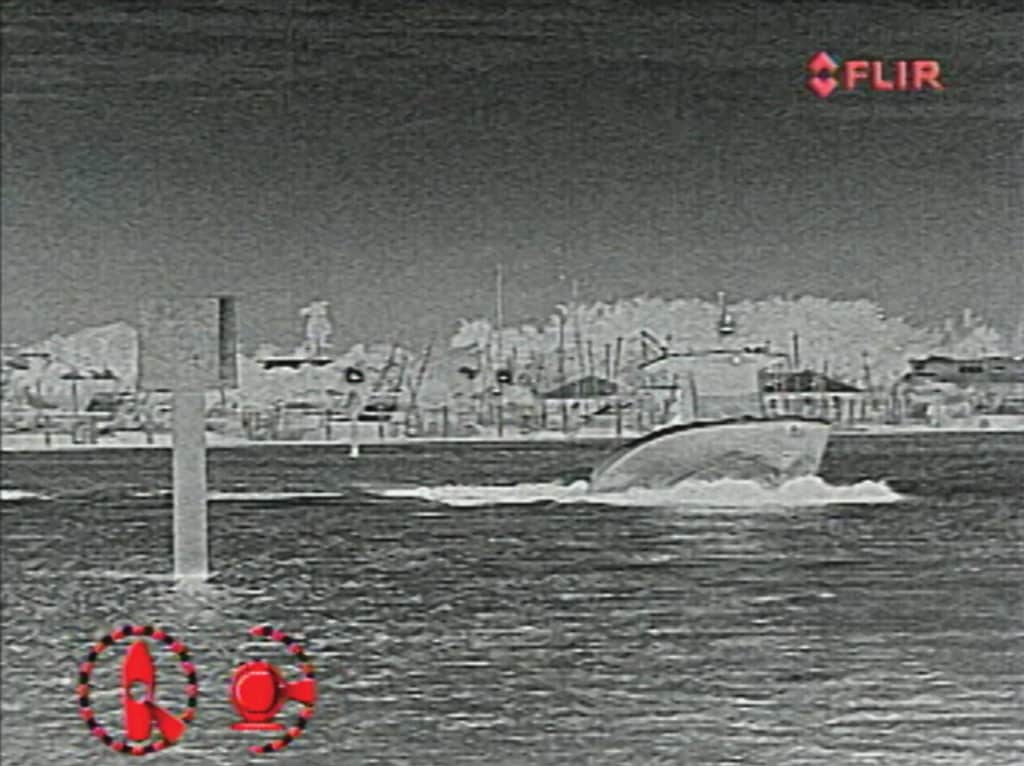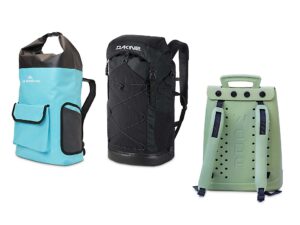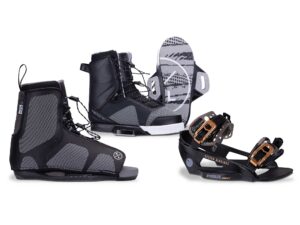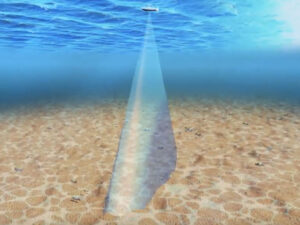
Q. Are thermal cameras such as those from FLIR better than radar?
A. Both have their purpose, advantages and limitations.
Detection: Radar detects and displays echoes of any object, be it land, rock, floating debris or boat. Thermal imaging is more like turning on a light switch to reveal a more recognizable, lifelike picture of any physical object above the water’s surface.
Range: Typically, radars can reach from 24 to 64 miles and beyond, depending on the model. Thermal-imaging cameras offer a range of about a quarter-mile. Yet some models that have zoom ability extend the view out to 3 miles or more.
Direction: Thermal imaging concentrates its view and focus in a single direction of interest. Radar gives you a 360-degree picture of all objects around your boat.
Advantages: Radar is best for collision avoidance and navigation to spot landmarks and nav aids, as well as follow a coastline and reveal harbor entrances. Thermal imaging is best suited for identifying and distinguishing among objects such as buoys, bridge abutments, docks, protruding rocks and vessels.
Differences Between Radar and Thermal Imaging
Here are the differences and relative benefits of marine radar versus thermal imaging.
A radar’s antenna and display are mounted in place. A thermal-imaging camera can be fixed-mounted, handheld or portable. Thermal imaging and radar can have dedicated monitors or be viewed on the same screen of a multifunction navigation display. Some MFDs that feature built-in Wi-Fi offer the added advantage of having their radar or thermal-imaging pictures reproduced wirelessly (with use of a free app) on the screen of a computer, tablet or smartphone.
Radar has the ability to measure the range and bearing of a moving target, such as another boat, and track its movement to help predict if it is going to be a collision threat. When the radar is interfaced with GPS and an accurate heading sensor, the radar picture can be superimposed or overlaid on your chart-plotter screen, creating a living navigational map.
With radar, an invisible guard zone can be placed around your boat at a distance you choose to sound an audible alarm should any object, vessel or the coastline intrude into your safety-alert zone, even if you are distracted and not watching the radar screen.
There are two types of night-vision cameras: amplified low light and thermal imaging. Amplified-light night vision can illuminate images in near darkness by amplifying faint background light, including starlight, many hundreds of times to produce recognizable pictures. It has the added advantage of being viewed in daylight when direct sunlight or glare hampers your normal vision.
Thermal-imaging cameras produce pictures by showing slight differences in heat levels between objects. Even the heat caused by the friction of a boat’s hull as it moves through the water can make a boat’s wake become visible.
Thermal cameras prove invaluable in a man-overboard situation. The body heat of an individual in the water stands out and can be instantly detected. But be advised that thermal cameras are ineffective if viewed through glass windshields or isinglass because these materials serve as heat barriers.
Dual-intensified light and thermal-imaging cameras combine the best of both types when viewed in dark or light conditions.
Both types of cameras can be mounted stationary and forward-looking, or they can have the operator control the camera movement to pan to port or starboard, or tilt the angle of vision upward or downward. Some higher-end thermal-imaging cameras feature camera stabilization to steady the image in rough seas, while others can be made to track and follow a selected moving target.
Both amplified-light and thermal-imaging cameras range from a couple of hundred to several thousand dollars, depending on picture resolution and detail, viewing range, angle of vision, zoom-in ability, and advanced functions and features.
Resources
FLIR: flir.com
Iris Innovations: boat-cameras.com
Newcon Optik: newcon-optik.com
Night Vision Devices: nvdevices.com
Raymarine: raymarine.com









